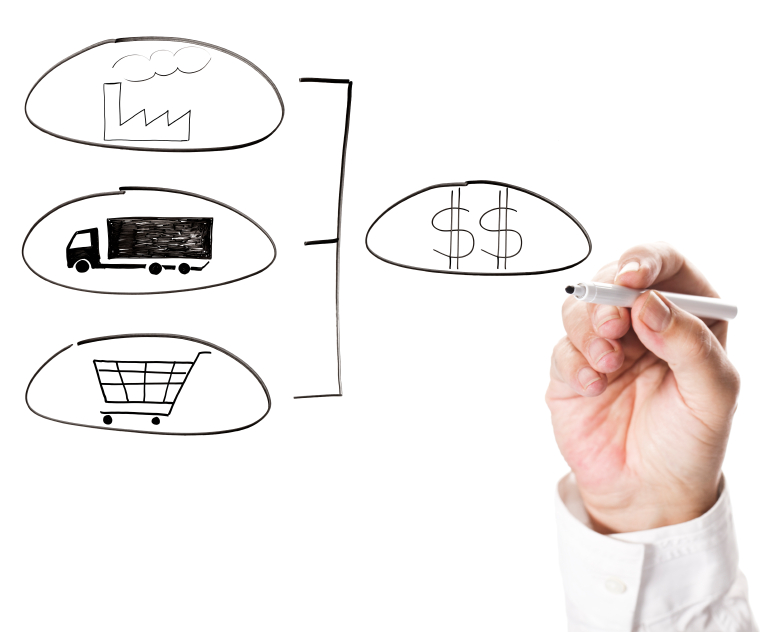Many people who study and work with logistics sometimes have difficulty defining what logistics is and what makes up the logistics process. Be sure to understand that in our post “What is logistics?”. For a company, it is essential to know where the money is going, and understanding the structure of logistics costs is essential in this area.
The most well-known function of logistics is transportation, and it represents the highest percentage of logistics costs for most companies. Transportation costs are composed of fixed and variable costs: fixed costs include fleet depreciation, salaries, maintenance; the variable part includes fuel, tires, lubricants, among others. If the transportation is outsourced, then the entire cost is paid in the form of freight or shipping cost.
Another important factor in the composition of logistics costs is inventory. If shipping is fast and frequent then we can keep inventory levels low but we will pay a lot for shipping. On the other hand, if the lots are large (large volumes, infrequent), then the average inventory will be high and storage costs will be high, with low shipping costs.
Inventory cost is composed of several elements:
(1) The value of the inventory itself that could be invested elsewhere, yielding interests;
(2) Keeping inventory also costs money: insurance, obsolescence, losses and other associated risks;
(3) During the transport operation, a bit of the inventory is unavailable inside the trucks – thus, the transit inventory also adds up to this cost;
(4) Finally, if inventories are not well managed, the company will have a shortage of products, and this cost is hard to measure.
The place where the inventory is kept, that is, the warehouse, also composes the logistic cost. Thus, the storage cost includes taxes, lightning, conservation (or rent if the warehouse is rented); handling and storage equipment, as well as salaries (and charges) of employees required to handle the products…
The ordering cost is somewhat smaller but also important to consider: costs related to the material used (paper, office supplies, computers), staff costs (salaries and charges) and indirect costs (electricity, telephone, communication, among others).
Thus, with costs separated by categories, it is easier to name how much is paid for each stage of the logistics process.
Can you find these costs in your company?
